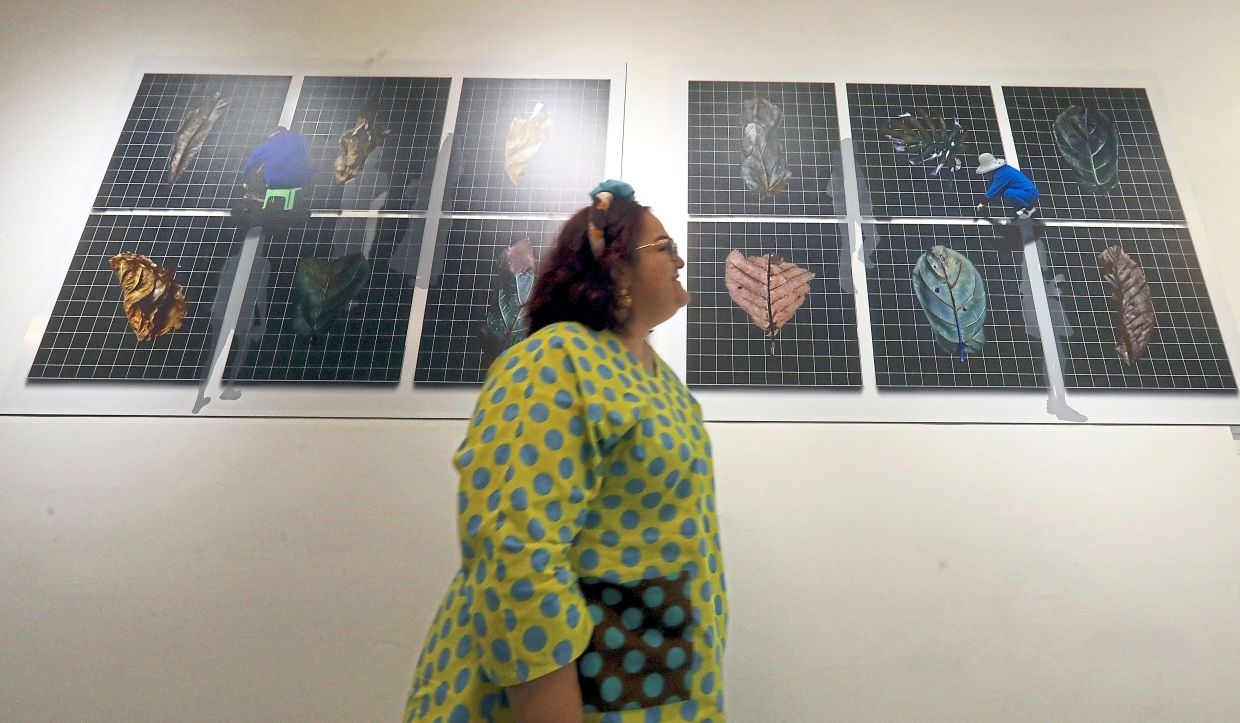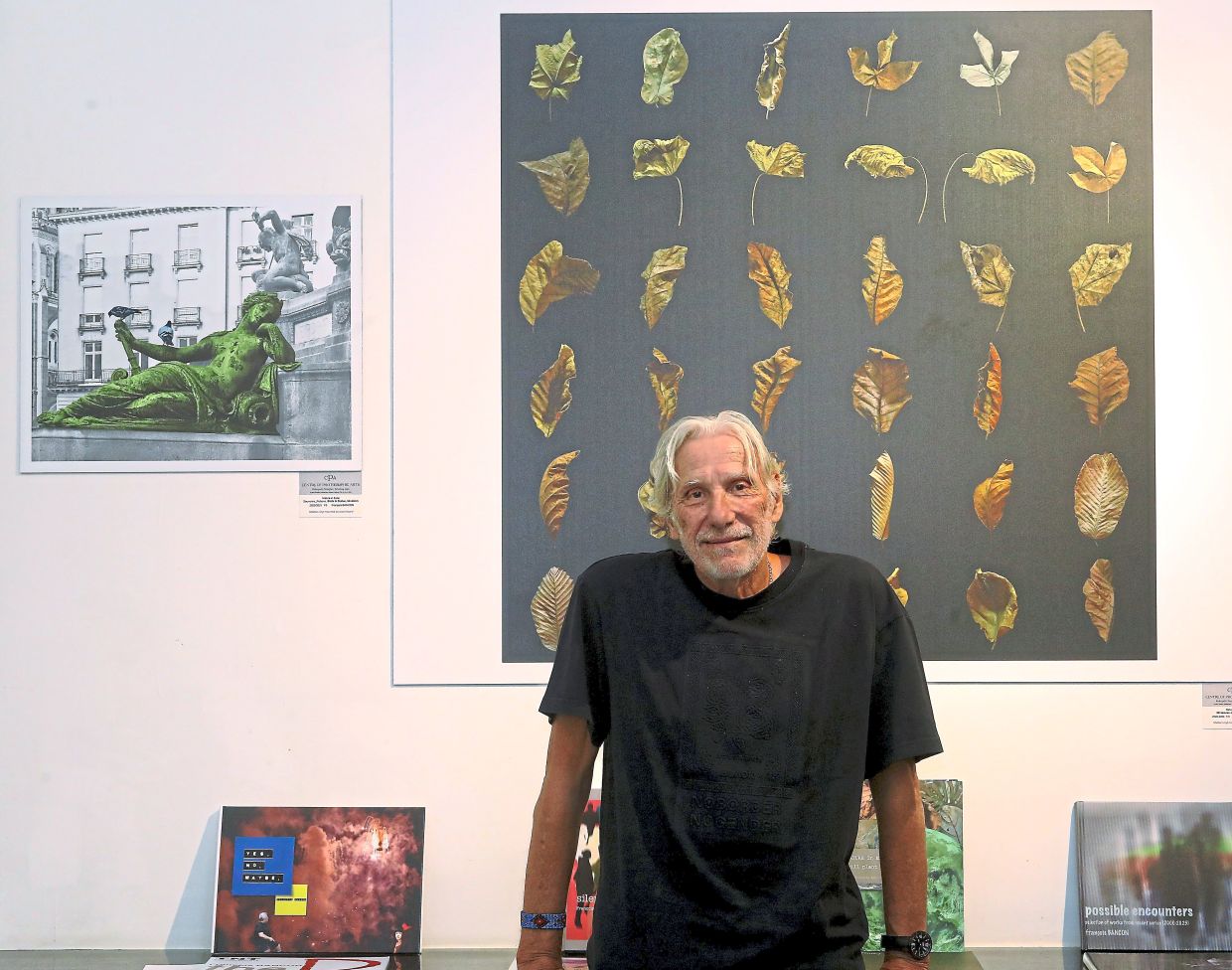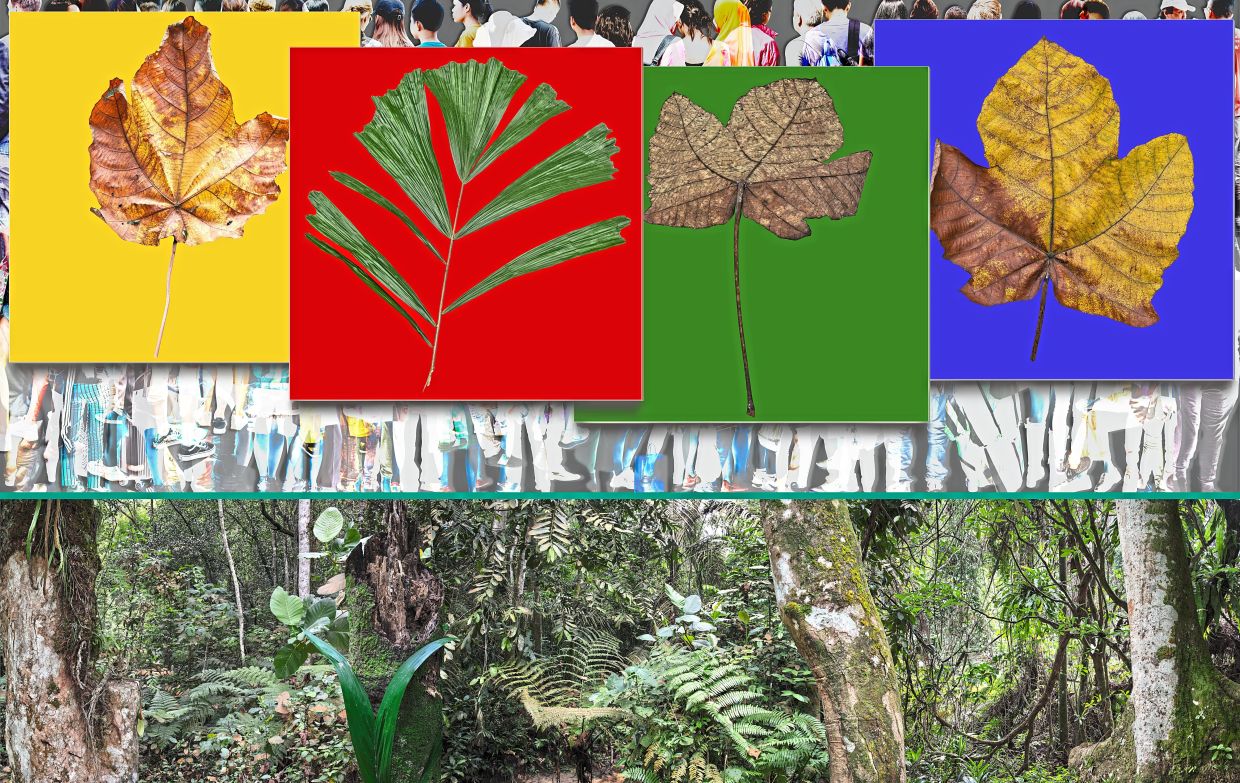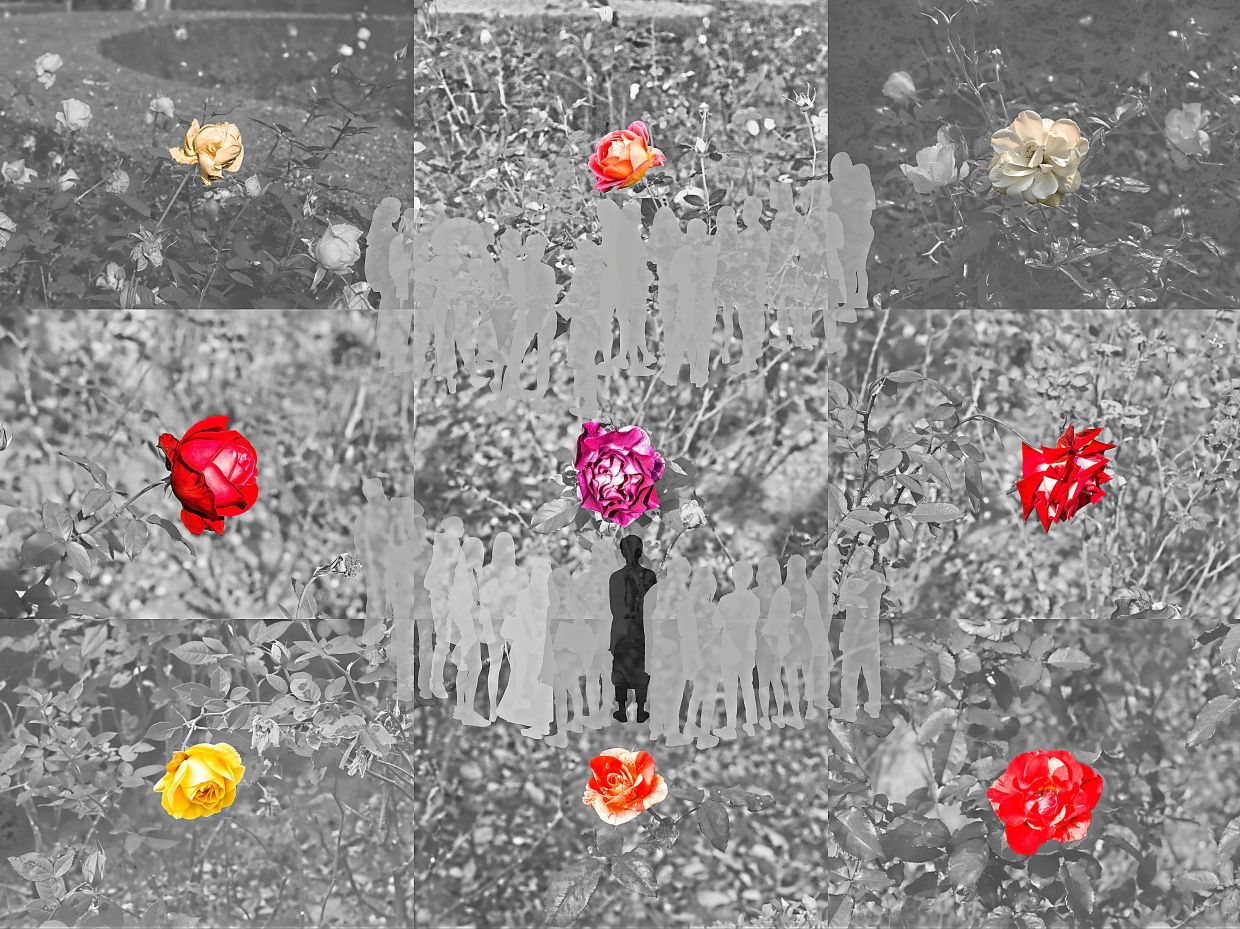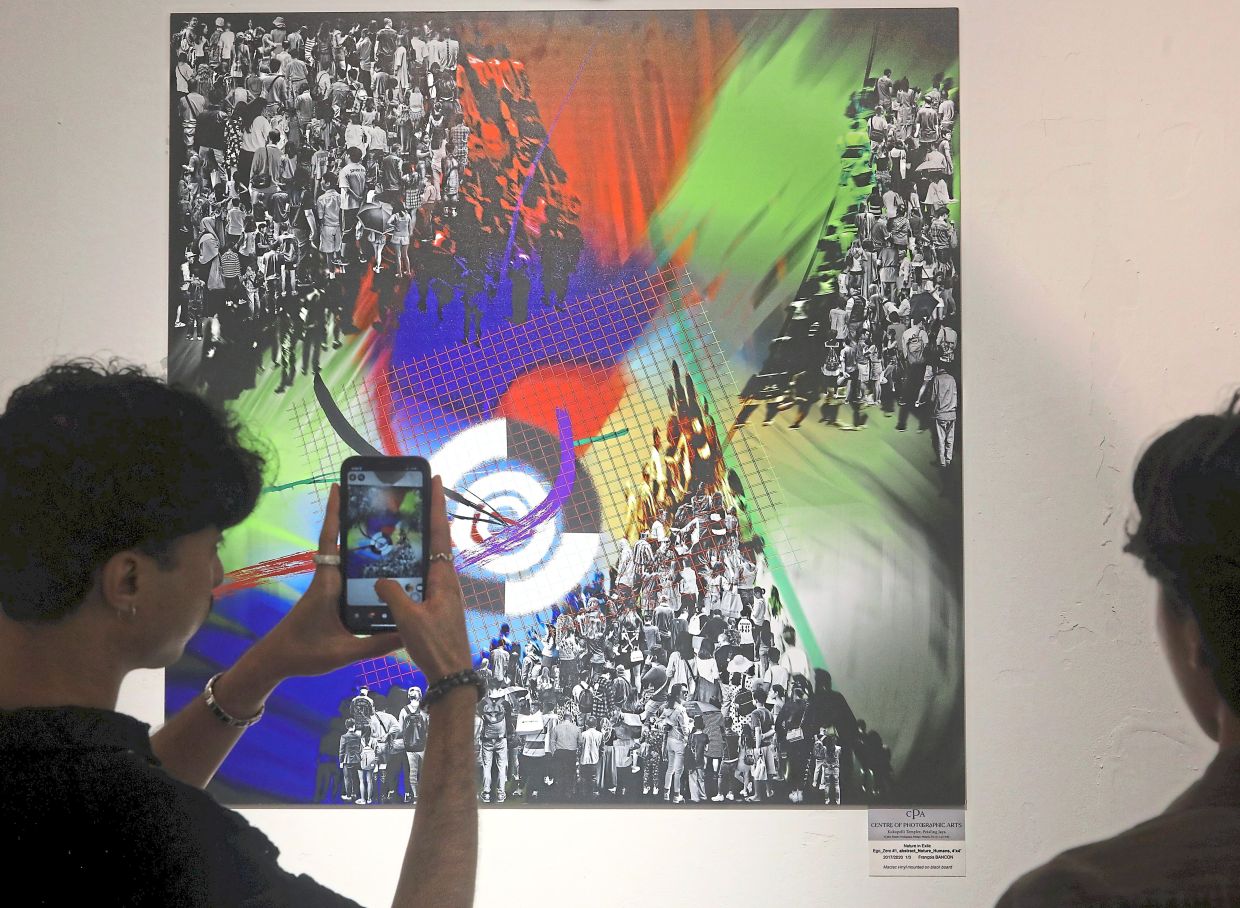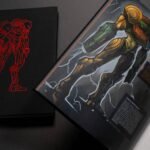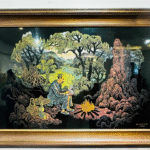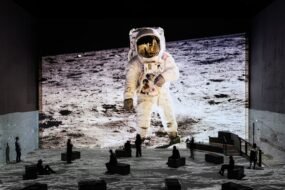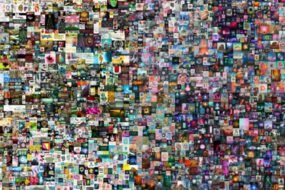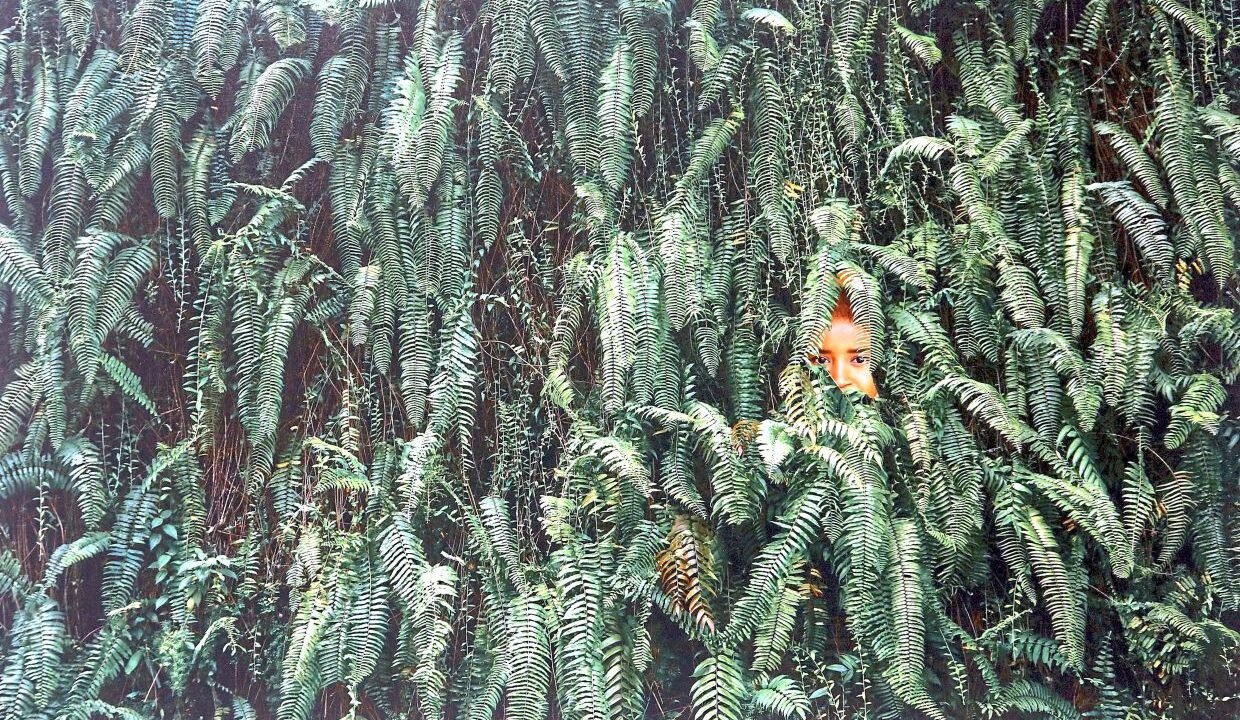
He resists being boxed in as merely a photographer or fine artist, though he moves fluidly between both worlds.
Francois Bancon’s art – shaped through the lens of a camera and the precision of a computer, rather than on paper, canvas, or any traditional medium – is not a bid for modernity, nor a play for relevance in this age of algorithms, doom-scrolling, and AI.
Now based in Malaysia, the Frenchman is far more interested in engaging your mind. He wants you to think – really think – about what you’re seeing, just as he does when creating it and questioning what that process means.
The essence of Bancon’s work lies in nature – not in vast landscapes, but in the delicate details of flora and the subtle life forces we often overlook.
It reflects Bancon’s ongoing contemplation of nature’s place in a rapidly changing world – how it endures, adapts, and sometimes retreats under the weight of human progress.
His Nature In Exile 2.0 exhibition, now showing at the Centre for Photographic Arts, Kokopelli Templer, Jalan Templer in Petaling Jaya until Nov 16, extends this line of thought.
“I want to do something to make people appreciate the beauty of nature,” said Bancon in an interview at the art gallery-cafe.
“It’s about the celebration of nature but nature in a humble way and not in a gigantic sense. It’s to discover the beauty in the small things in nature. I love small things even things like dead leaves because it still has a role to play,” he added.
The interplay between humanity and nature runs through his art, revealing how the survival of each depends on the other.
“There is also the connection between nature and humans. We are part of nature and it’s important to remember that we are part of it, not above it, but part of it,” said the 74-year-old digital artist, who studied History of Art, Philosophy and Science in Paris.
Bancon fears that if nature continues to be neglected, future generations may inherit a dystopian world – one where nature exists only in museums or on screens.
“If we do nothing (about the environment), in 20, 30, 40 years, we are going to live in a realm where nature will be just an abstraction.”
Bancon isn’t out to preach, but to spark awareness of nature’s importance.
“It’s not about making people guilty and it’s not about starting a revolution about reducing the carbon footprint (which we have to do) but if you recognise the beauty of nature you will be more inclined to protect it,” he said.
Bancon has been an artist all his life, though his career has taken many forms – photographer, radio deejay, television producer, and eventually a long stint at French carmaker Renault, where he spent 35 years in the automotive industry.
He retired in 2015 and has since made Asia his home, living in Japan, Hong Kong, and China before settling in Kuala Lumpur three years ago.
Although he had a day job, he was always involved in art.
“I have always been making art, even while working in the automotive industry. First it was drawing and painting, then photography and digital images – I’ve never stopped,” he said, adding that retirement has simply allowed him to devote more time to it.
It’s little surprise that Bancon now serves as consulting art director at TNT Contemporary, an art centre and residency in Shenzhen, China. He previously presented two exhibitions there – The D_Files (2019) and 11 Lonely Conversations (2021).
As for the title and concept behind his current exhibition, Nature In Exile 2.0, Bancon said the idea has been on his mind for quite some time.
“The idea for this series came quite naturally as I was working on an earlier series entitled Fragmented Souls that dealt with the issue of immigration and displacement … I felt the underlying sense of loss, nostalgia and longing for the home that no longer is.
“When you think about how mankind has encroached on our environment in the name of progress, we have become the conqueror, with nature being banished to the background to make way for our modern daily lives,” he explained.
At the Centre for Photographic Arts – known for its experimental photography showcases – Bancon personally guides visitors through his latest works. When asked how many pieces are on display, he pauses to think before replying with a smile, “You know, that’s a good question! I think there are about 28 pieces.”
His digital prints are produced on Mactac vinyl, mounted neatly on black board – an accessible medium for his intricate process. Each work begins with Bancon’s own photographs, which he digitally transforms on his computer to realise the image he envisions, a process that can take years to complete.
“AI has nothing to do with any of these images that you see! I am responsible for all the images here,” he said.
Though a camera is his starting tool, Bancon defines himself first and foremost as an artist. He isn’t interested in labels, instead, he’s intent on expanding the boundaries of digital imagery and reimagining what art can be.
“I am definitely not a photographer in the conventional sense,” he said.
“My artwork aims to move photography into a more creative and disruptive area, allowing me to explore universal and sometimes abstract themes, which I think is what art is all about – the capacity to make the audience not only ‘feel’ but ‘think’.”
Bancon’s perspectives, which balance the philosophical with the imaginative, make his work both intellectually engaging and emotionally resonant.
“What distinguishes the art of images – whether photography, painting, sculpture, or video – from everyday images is that it forces us to think, to reflect, to understand. In this respect, it is identical to literature. To produce a good photograph is not just about shooting a beautiful subject,” he concluded.
Nature In Exile 2.0 exhibition is showing at the Centre for Photographic Arts, Kokopelli Templer, 87, Jalan Templer, Petaling Jaya, Selangor until Nov 16.

